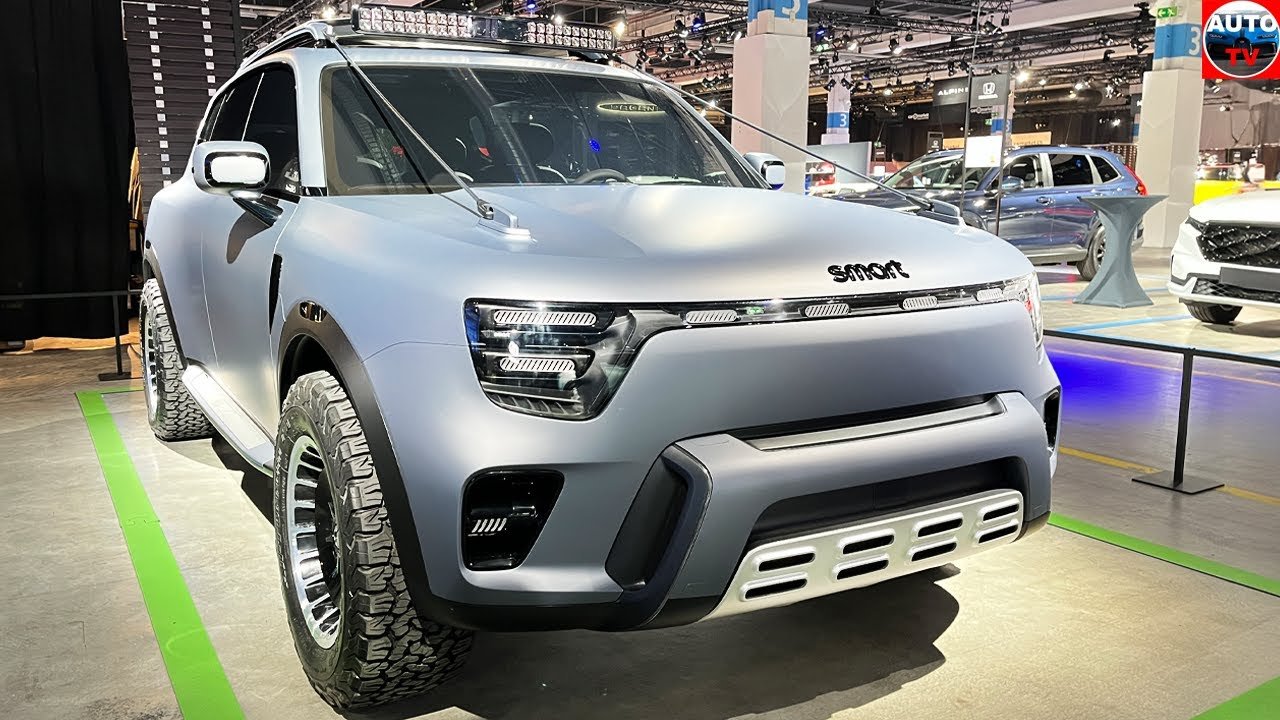Buying a car isn’t just about choosing the flashiest model or the one with the most horsepower. It’s about finding a vehicle that fits your lifestyle, daily needs, and budget. With so many options on the market in 2025—from electric vehicles to compact SUVs—making the right choice can feel overwhelming.

Here’s a step-by-step guide on how to choose the perfect car for both your lifestyle and wallet.
1. Define Your Needs First
Before falling in love with a brand or model, ask yourself:
- How many people do I need to transport?
- Do I drive mostly in the city or on highways?
- Do I need extra cargo space?
- Is fuel efficiency or eco-friendliness a priority?
For example:
- A small sedan or hatchback is great for city dwellers.
- A compact SUV is perfect for families or weekend getaways.
- A pickup truck suits those who haul gear or work in construction.
- An EV or hybrid is ideal for eco-conscious drivers and commuters.
2. Set a Realistic Budget
Your car should fit your budget — not stretch it. Consider:
- Upfront cost (or down payment)
- Monthly payments (if financing)
- Fuel or charging costs
- Insurance rates
- Maintenance and repairs
As a rule of thumb, your monthly car expenses should not exceed 15% of your monthly income.
Tip: Don’t forget to check for rebates, EV tax credits, or dealer discounts, especially on electric or hybrid models in 2025.
3. Decide Between New, Used, or Certified Pre-Owned
- New cars come with the latest features, better warranties, and fewer repairs—but at a higher price.
- Used cars are more affordable but may come with hidden maintenance issues.
- Certified pre-owned (CPO) cars offer a middle ground with inspections and warranties.
Choose what gives you the best value for your money based on your needs and how long you plan to keep the car.
4. Consider Ownership Costs
Sometimes the cheapest car upfront ends up being more expensive in the long run. Look at:
- Fuel economy or electric range
- Insurance premiums
- Depreciation rate
- Repair and parts availability
Example: A hybrid may cost more initially but save you hundreds each year on fuel.
5. Test Drive and Compare Models
Once you’ve narrowed down your options, test drive at least 2–3 cars. Pay attention to:
- Comfort and seat positioning
- Visibility and blind spots
- Tech and infotainment
- Drive performance (acceleration, braking, handling)
Final Thoughts
The perfect car isn’t about what’s trending — it’s about what works best for you. By clearly understanding your lifestyle needs, setting a practical budget, and doing your research, you’ll drive away with a vehicle that brings confidence and peace of mind













